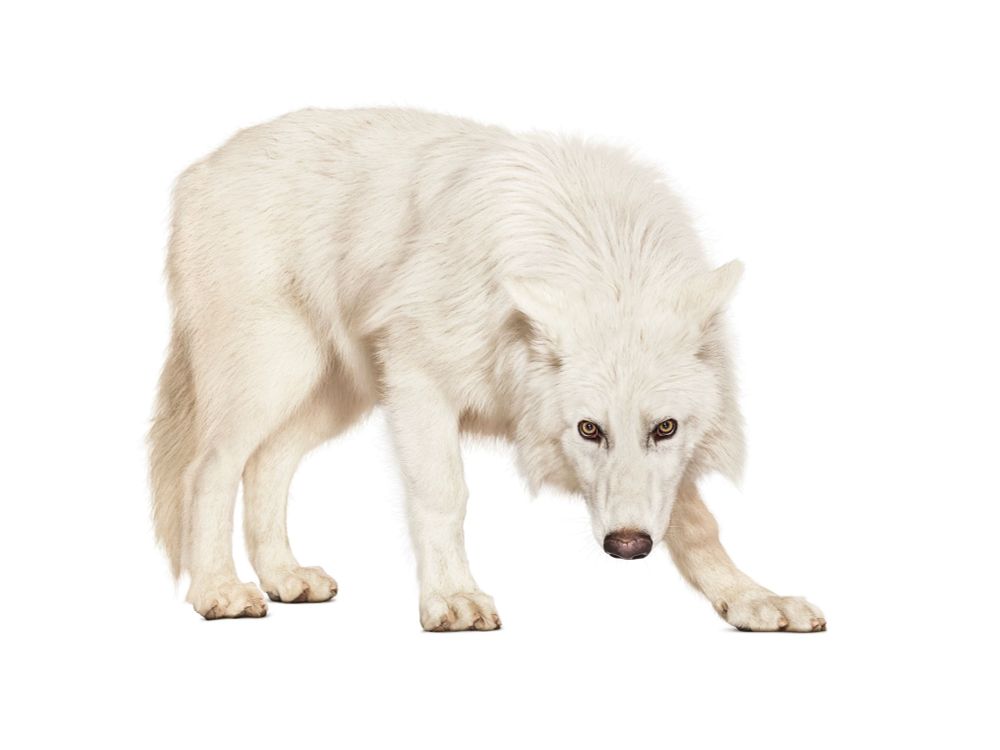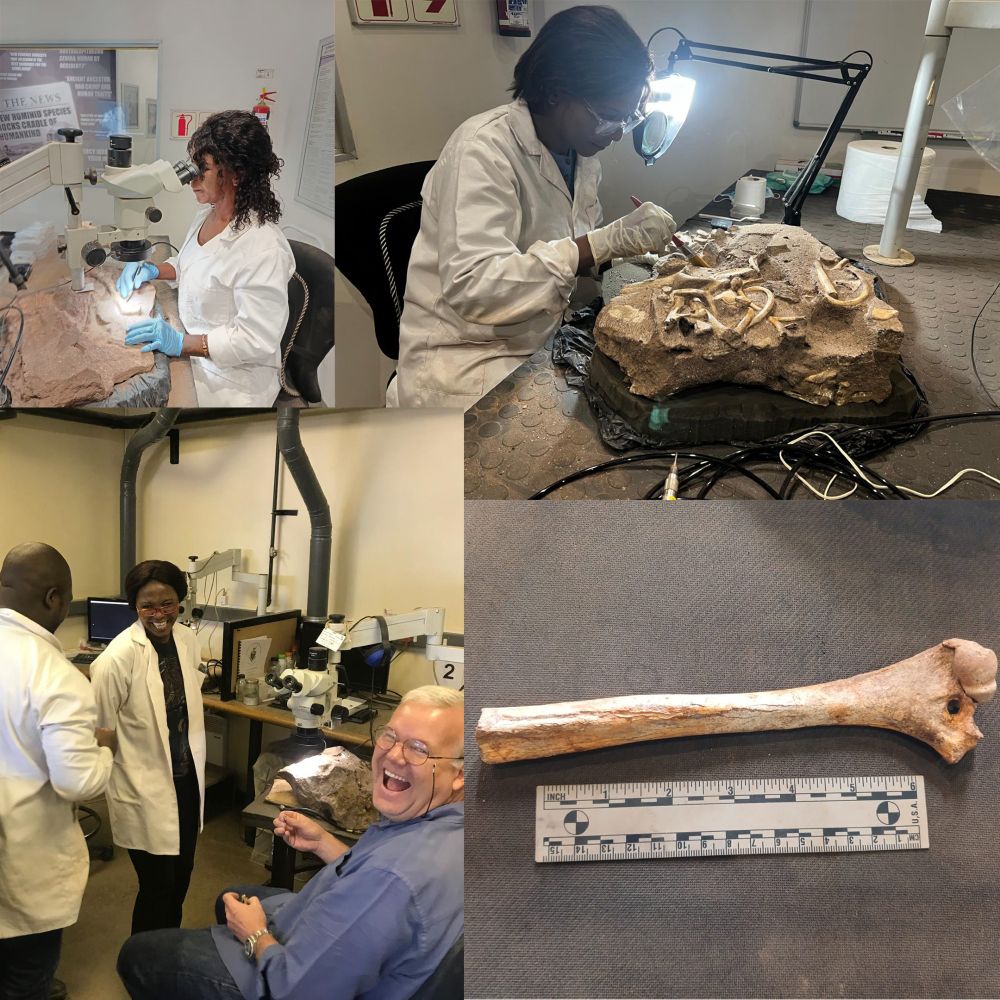
"Rosalind Franklin's notes."
"That's correct."
"Rosalind Franklin's notes."
"That's correct."
“A scientist is not a person who gives the right answers,
he’s one who asks the right questions.” 🧪
– Claude Lévi-Strauss

“A scientist is not a person who gives the right answers,
he’s one who asks the right questions.” 🧪
– Claude Lévi-Strauss
academicpositions.harvard.edu/postings/15449
academicpositions.harvard.edu/postings/15449
#paleoanthropology #archaeology

#paleoanthropology #archaeology
However, I'm dismayed at what her narrative leaves out (1/10)

However, I'm dismayed at what her narrative leaves out (1/10)
I am beyond pleased with my new Revopoint Pop 3 scanner. It’s even easier to use than their MINI2 that I bought previously! It’s rare that I can get new equipment to work as expected (or better) immediately, so this is a total success! Plus it’s so portable!

I am beyond pleased with my new Revopoint Pop 3 scanner. It’s even easier to use than their MINI2 that I bought previously! It’s rare that I can get new equipment to work as expected (or better) immediately, so this is a total success! Plus it’s so portable!
(with @ameliebeaudet.bsky.social Gideon Chinamatira and @johnhawks.net)

(with @ameliebeaudet.bsky.social Gideon Chinamatira and @johnhawks.net)
www.amazon.com/Visual-Atlas...
#BiologicalAnthropology #Paleoanthropology #ForensicAnthropology #Bioarchaeology #GrowthAndDevelopment #TeamPelvis

www.amazon.com/Visual-Atlas...
#BiologicalAnthropology #Paleoanthropology #ForensicAnthropology #Bioarchaeology #GrowthAndDevelopment #TeamPelvis
Zoomer colleague: what kind of predictive text are you using?
Me: I’m not.
Z: wait — you just type that fast? How?!
Me: When I was in middle school, we raced boats by typing fast, and I really wanted my boat to win.
So obviously the conclusion was that the Y chromosome defined masculinity.
#Anatomy #AnatomyEd #Embryology #MedEd #PaleoSky #Skeletal #Skeleton #Bones #Biology #Physiology #Histology #HumanAnatomy
#Anatomy #AnatomyEd #Embryology #MedEd #PaleoSky #Skeletal #Skeleton #Bones #Biology #Physiology #Histology #HumanAnatomy

1. The Solar System is inherently queer
2. The ways we study planets are inextricable from the surveillance state
3. The usefulness of “fully automated luxury gay space communism” as a motivator
A deeply important brief thread. 🧵
(1/10)
A deeply important brief thread. 🧵
(1/10)
@paleonicole.bsky.social led this first description of a partial right #Neandertal hipbone from El Sidrón, Spain that expands the range of morphological variation in Neandertals.
Read it here: www.sciencedirect.com/science/arti...
#Paleoanthropology #TeamPelvis

@paleonicole.bsky.social led this first description of a partial right #Neandertal hipbone from El Sidrón, Spain that expands the range of morphological variation in Neandertals.
Read it here: www.sciencedirect.com/science/arti...
#Paleoanthropology #TeamPelvis






